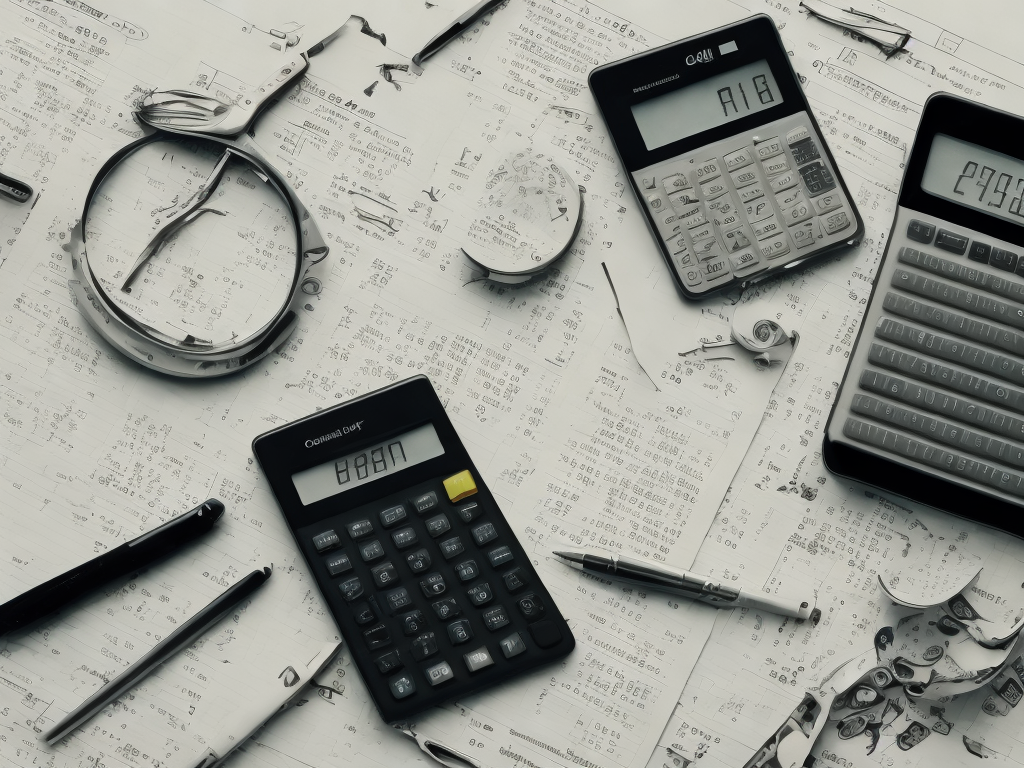
Period Cost Means: Explained
When it comes to understanding the financial statements of a business, it is important to grasp the concept of costs. There are different types of costs to consider, one of which is period costs. In this article, we will explain what period costs mean and how they differ from other types of costs.
What are Period Costs?
Period costs are the expenses that a business incurs in a specific period, regardless of whether it produces any goods or services. These costs are not related to the production of goods or services, and they are not included in the cost of goods sold (COGS). Instead, period costs are expensed in the period in which they are incurred.
Period costs are also sometimes referred to as operating expenses, selling and administrative expenses, or simply overhead costs. Some examples of period costs include salaries and wages, rent, utilities, depreciation, insurance, and advertising expenses.
Period Costs vs. Product Costs
The other major category of costs is product costs. Product costs are the expenses that are directly related to the production of goods or services. They are included in the COGS and are recorded as inventory on the balance sheet until the goods are sold, at which point they become expenses.
Product costs include materials, labor, and manufacturing overhead, such as rent, utilities, and depreciation of machines used in the production process. Unlike period costs, product costs are not expensed immediately but are instead allocated to inventory until the goods are sold.
Period Costs vs. Capital Expenditures
Another key distinction to make is between period costs and capital expenditures. Capital expenditures refer to the money a business spends on assets that it expects to use for several years, such as equipment, buildings, and vehicles. These costs are not expensed immediately but are instead recorded as assets on the balance sheet and depreciated over their useful life.
The difference between capital expenditures and period costs is that the former represents an investment in the business that will generate benefits over an extended period, whereas the latter represents the ongoing expenses necessary to keep the business running.
Why are Period Costs Important?
Period costs are important because they help businesses understand their ongoing expenses and calculate their total cost of operations. By tracking period costs, businesses can not only identify areas where they can reduce expenses but also determine their breakeven point, which is the point at which their total revenue equals their total expenses.
Knowing the breakeven point is crucial for a business, as it helps them understand how much revenue they need to generate to cover their ongoing expenses and make a profit. This information is also helpful in creating a budget and forecasting future expenses and revenue.
Period Cost Examples
To better understand what period costs are, let's look at some examples of common period costs:
1. Rent: The cost of renting a business location, whether it is a storefront, office, or warehouse. This cost is typically paid on a monthly basis.
2. Utilities: The cost of utilities such as electricity, gas, and water that are necessary to run the business. These costs are usually paid monthly or quarterly.
3. Salaries and Wages: The cost of paying employees, including both regular wages and any bonuses or commissions. This cost is typically paid bi-weekly or monthly.
4. Advertising: The cost of promoting the business, whether through print or online advertising, billboards, or other means of marketing. This cost can be paid on a per-project basis or as an ongoing expense.
5. Office Supplies: The cost of purchasing supplies such as paper, pens, and other essentials necessary to run an office. This cost is typically paid on an as-needed basis.
Conclusion
Period costs are an important aspect of any business's financial statements as they represent the ongoing expenses necessary to keep the business running. By understanding period costs, businesses can better analyze their expenses, predict future expenses, and determine their breakeven point. This knowledge can ultimately lead to greater profitability and success.
 Self-Instruct
Self-Instruct